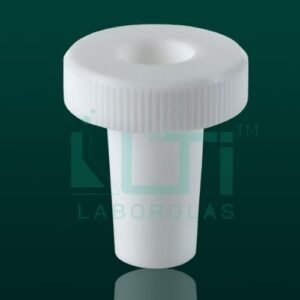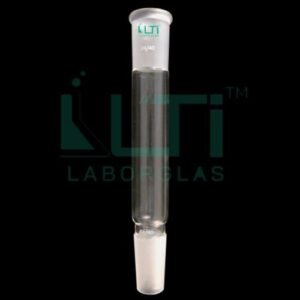Pipettes, Bacteriological, Graduated
- Used for the bacteriological examination of milk
- 1.1 ml is graduated at 0.5 and 1.1 ml
- 2.2 ml is graduated at 1.0, 2.0, 2.1 and 2.2 ml
| PART No. | Capacity (ml) | ± Tol (ml) | Pack QTY. |
| 3470-1.1 | 1.1 | 0.025 | 10 |
| 3470-2.2 | 2.2 | 0.04 | 10 |
Here are some common uses of bacteriological graduated pipettes in milk-related applications:
- Microbiological Testing:
- Bacteriological pipettes are used in microbiological testing of milk to determine the microbial content, including the presence of bacteria, yeast, and molds. This is crucial for assessing the overall quality and safety of the milk.
- Coliform and Pathogen Analysis:
- Milk pipettes may be employed in the analysis of milk samples for the presence of coliform bacteria and other pathogens. Detecting and quantifying these microorganisms is essential for ensuring the milk’s safety and compliance with health standards.
- Standard Plate Count (SPC):
- Bacteriological pipettes are often used in the standard plate count method to estimate the total viable bacterial count in milk. This provides information about the overall microbiological quality of the milk.
- Aerobic Plate Count:
- Aerobic plate count is a method used to determine the number of viable aerobic microorganisms in a sample. Bacteriological pipettes can be used in this process to deliver precise volumes of milk for analysis.
- Enumeration of Microorganisms:
- Bacteriological pipettes facilitate the enumeration of specific microorganisms in milk, helping to identify and quantify different bacterial species present in the sample.
- Quality Control in Dairy Processing:
- Dairy processing plants use bacteriological pipettes for quality control purposes to monitor the microbiological quality of raw milk and finished dairy products. This helps ensure compliance with regulatory standards and the production of safe products.
- Bacterial Culture Inoculation:
- Pipettes are used to inoculate specific volumes of milk into bacterial culture media. This step is crucial for the isolation and identification of bacteria present in the milk sample.
- Research in Dairy Microbiology:
- In research settings, bacteriological pipettes are employed for various studies related to dairy microbiology. This may include investigating the effects of processing conditions on microbial populations or developing new methods for microbial analysis.
- Detection of Antibiotic Residues:
- Bacteriological pipettes can be used in assays designed to detect antibiotic residues in milk. This is important for ensuring that milk products do not contain harmful levels of antibiotics that could impact consumer health.
- Environmental Monitoring:
- Pipettes may be used for environmental monitoring in dairy facilities, helping to assess the cleanliness of equipment, surfaces, and the overall hygiene of the processing environment.







